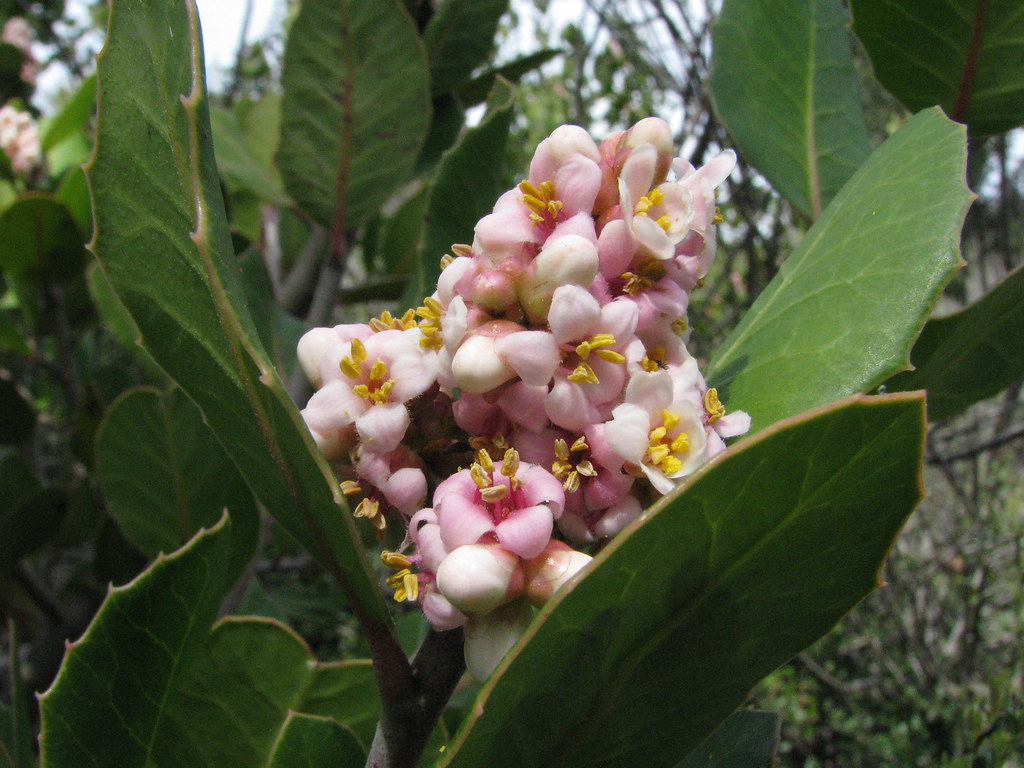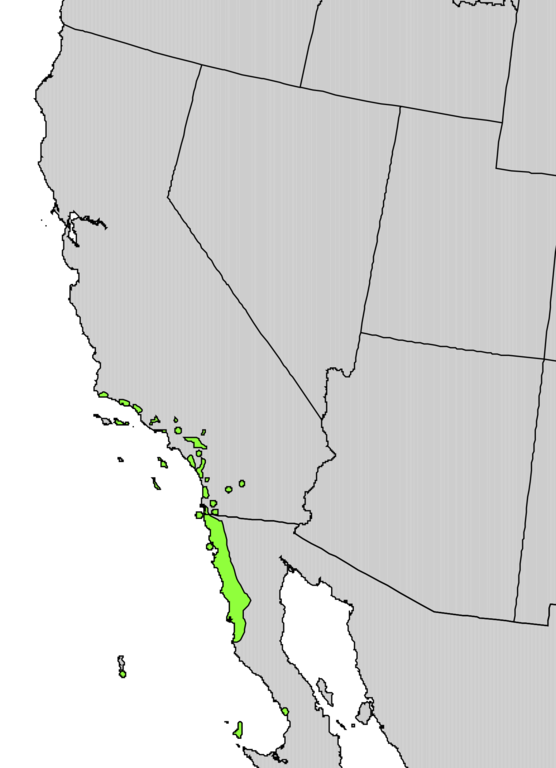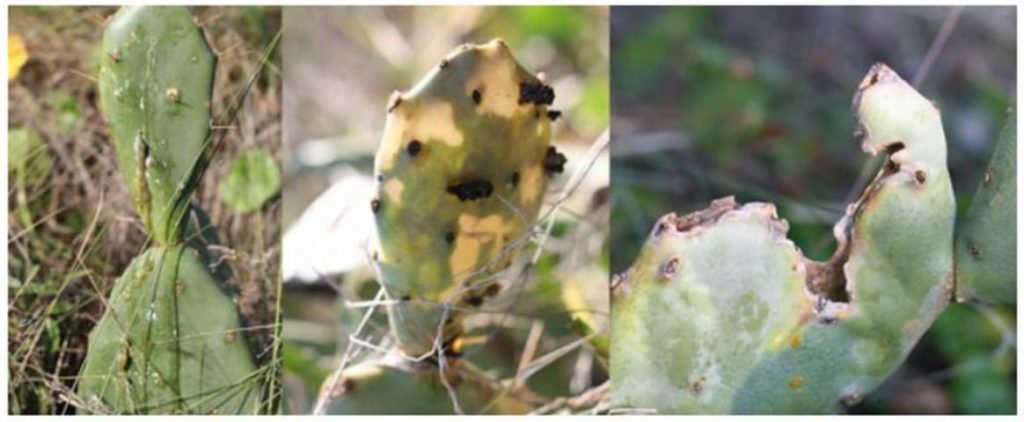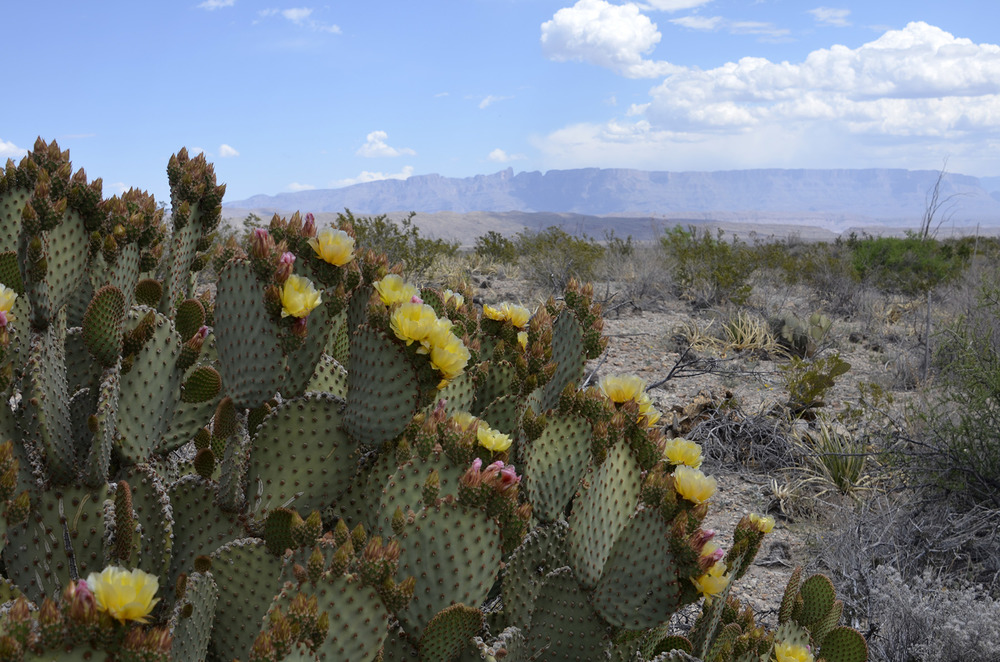
As we all know, eastern (Tsuga canadensis) and Carolina (T. caroliniana) hemlocks have suffered huge losses due primarily to the introduced hemlock woolly adelgid (Adelges tsugae – HWA). In New England, there has been more than a 60% decrease in total hemlock basal area since 1997 and a virtual absence of hemlock regeneration in HWA-infested areas. HWA continues to spread – most recently into western Michigan and Nova Scotia (all information, unless otherwise indicated, is from Kinahan et al. 2020; full citation at end of this blog). [However, Morin and Liebhold (2015) found that hemlock basal volume continued to increase for the first 20 years or so after invasion by the adelgid, due to ingrowth of immature hemlocks. See “results” in Morin et al., full citation at the end of the blog.]
This loss deprives us of a gorgeous tree … and unique habitats. Hemlock-dominated forests were characterized by deep shade, acidic and slowly decomposing soil, and a cool microclimate. They provided unique and critical habitat for many terrestrial and aquatic species.
A team of scientists based at the University of Rhode Island has carried out an experiment comparing cuttings from eastern hemlocks apparently resistant to HWA to susceptible ones. Matching sets of resistant and susceptible trees were planted at eight sites in seven states – Ithaca and Bronx, NY; Boston; southern CT; Lycoming County, PA; Thurmont, MD; southern WV; and Waynesville, NC. All plantings were within or adjacent to forests containing HWA-infested hemlocks.
After four years, 96% of the HWA-resistant hemlocks had survived, compared to 48% of the control plants. The HWA-resistant plants were 32% taller, put out 18% more lateral growth, had 20% longer drip lines, and were in 58% better condition. HWA was found on trees at only three out of the eight plots. HWA density on resistant eastern hemlocks was 35% lower than on HWA-susceptible hemlocks, although this difference was not statistically significant.
Trees in all eight plots were infested with elongate hemlock scale (Fiorinia externa – EHS), a second insect damaging hemlocks in eastern North America. However, the HWA-resistant hemlocks had EHS densities 60% lower than those of the controls.
Kinahan et al. note that identification and use of host tree populations’ potential for pest resistance has played a role in other programs managing non-native pests and pathogens, including Dutch elm disease and chestnut blight.
The same scientists note that significant effort has been put into biocontrol or insecticides for management of hemlock woolly adelgid, but without achieving the desired improvement of forest health. Attempts to cross eastern hemlocks with HWA-resistant hemlocks unfortunately produced no viable offspring. However, Kinahan et al. were inspired to explore possible genetic resistance within natural populations of eastern hemlocks by the 1) evidence of resistance in Asian and western hemlocks; 2) the different foliar terpene profiles in those species; and 3) the presence of apparently healthy mature hemlock trees growing in proximity to heavily infested trees.
They asked forest managers and other concerned groups to help locate stands with trees that were mature and apparently completely healthy, were located within HWA-devastated hemlock stands, and had not been chemically treated. They chose a small stand of eastern hemlocks growing within the Walpack Fish and Wildlife Management Area in northern New Jersey. This stand was called the “Bulletproof Stand”. They evaluated HWA resistance in five of these trees, then chose two for propagation and planting in the test.
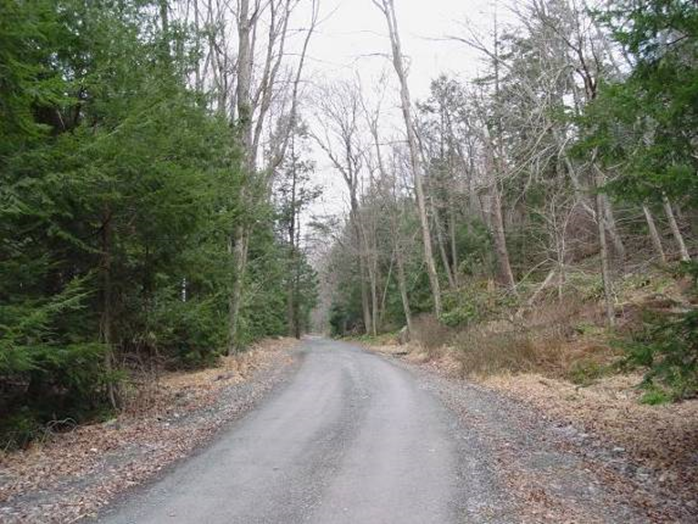
photo by Richard Casagrande
The trees were planted in September 2015. Due to funding gaps, they were not revisited for four years. Thus, Kinahan et al. re-evaluated the resistant and vulnerable trees in Autumn 2019 – with the results I reported above.
Does this study prove that clonal propagation of apparently resistant hemlocks is an effective strategy to restore the species?
It is not that simple.
The difference in survival and condition was striking, but the authors note several caveats:
1) they had not recorded pre-experiment data on plant height or other variables, so they cannot be certain that variation in initial plant height or dripline did not contribute to current treatment-level differences in these variables.
2) they cannot distinguish between the impacts of HWA and EHS on plant growth.
3) since they could not monitor the planting sites for four years, they cannot definitively link increased mortality of HWA-susceptible trees to higher pest densities. However, the lower pest densities and higher survival of HWA-resistant hemlocks are consistent with herbivore-driven tree mortality.
They also cannot assess the impact of other environmental stressors (drought, cold, etc.) on their results.
4) The small number of trees planted at each site prevented detailed site-level analyses.
The scientists conclude that their work is most appropriately viewed as a ‘proof of concept’ experiment highlighting the need for future research exploring how HWA-resistant eastern hemlocks might best be integrated into existing HWA management.
Unfortunately, the Rhode Island researchers report they cannot persuade the US Forest Service to support continuing this effort. Will these promising hints not result in action?
Kinahan et al. stress the importance of the reduced pest densities (both HWA and EHS) on the putatively resistant hemlocks. They think this might be a result of the higher terpene concentrations in the twigs and needles. Finally, they note that lower densities of sap-feeding herbivores may also indirectly provide protection against other consumers, including gypsy moth (Lymantria dispar) and hemlock looper (Lambdina fiscellaria).
SOURCE
Kinahan, I.G., G. Grandstaff, A. Russell, C.M. Rigsby, R.A. Casagrande, and E. L. Preisser. 2020. A four-year, seven-state reforestation trial with eastern hemlocks (Tsuga canadensis) resistant to hemlock woolly adelgid (Adelges tsugae). Forests 11: 312
Morin, R.S. and A.M. Liebhold. 2015. Invasions by two non-native insects alter regional forest species composition and successional trajectories. Forest Ecology and Management 341 (2015).
Posted by Faith Campbell
P.S. I have been working with colleagues to promote a more coordinated and well-funded program to combat non-native forest pests – including much greater reliance on identifying and breeding resistance to the pest. Visit here to see this effort.
We welcome comments that supplement or correct factual information, suggest new approaches, or promote thoughtful consideration. We post comments that disagree with us — but not those we judge to be not civil or inflammatory.
